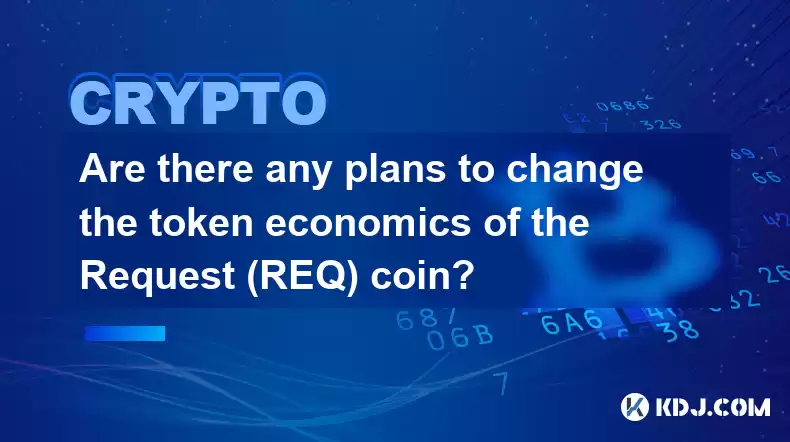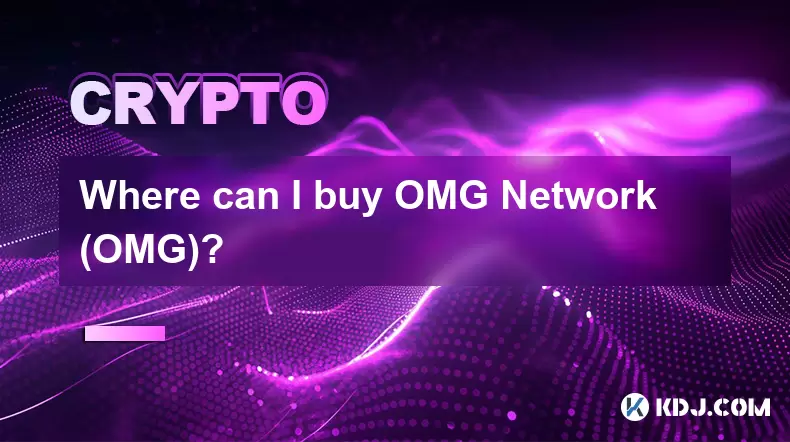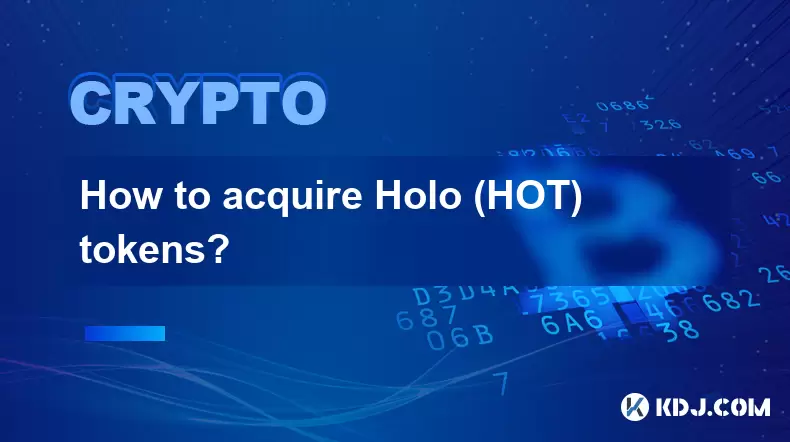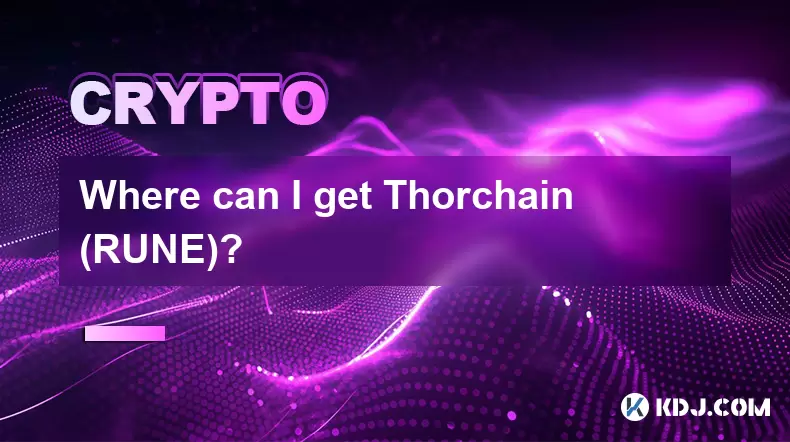-
 Bitcoin
Bitcoin $116700
0.24% -
 Ethereum
Ethereum $3973
4.34% -
 XRP
XRP $3.283
7.68% -
 Tether USDt
Tether USDt $1.000
0.01% -
 BNB
BNB $789.8
2.27% -
 Solana
Solana $176.2
3.31% -
 USDC
USDC $0.9999
0.00% -
 Dogecoin
Dogecoin $0.2238
5.14% -
 TRON
TRON $0.3389
-0.51% -
 Cardano
Cardano $0.7907
4.03% -
 Stellar
Stellar $0.4527
10.02% -
 Hyperliquid
Hyperliquid $41.07
4.27% -
 Sui
Sui $3.794
1.77% -
 Chainlink
Chainlink $19.49
10.40% -
 Bitcoin Cash
Bitcoin Cash $580.9
0.74% -
 Hedera
Hedera $0.2617
4.32% -
 Avalanche
Avalanche $23.41
3.67% -
 Ethena USDe
Ethena USDe $1.001
-0.03% -
 Litecoin
Litecoin $122.4
1.38% -
 Toncoin
Toncoin $3.364
1.49% -
 UNUS SED LEO
UNUS SED LEO $8.988
0.37% -
 Shiba Inu
Shiba Inu $0.00001295
2.82% -
 Uniswap
Uniswap $10.62
5.75% -
 Polkadot
Polkadot $3.922
4.46% -
 Dai
Dai $1.000
0.01% -
 Bitget Token
Bitget Token $4.494
2.15% -
 Monero
Monero $268.0
-1.30% -
 Cronos
Cronos $0.1523
3.68% -
 Pepe
Pepe $0.00001127
4.43% -
 Aave
Aave $285.4
4.85%
Are there any plans to change the token economics of the Request (REQ) coin?
The Request Network plans to introduce a decentralized governance model through a Request Improvement Proposal (RIP) process, empowering token holders with decision-making authority in shaping the network's future.
Dec 24, 2024 at 11:34 am

Key Points
- Plans for Token Economics Changes
- Governance Structure
- Utility Enhancements
- Token Issuance and Distribution
- Staking and Rewards
Article Body
Plans for Token Economics Changes
The Request (REQ) coin has been undergoing a review of its token economics to enhance its utility and value within the Request Network ecosystem. Several proposals are currently under consideration to address the following areas:
1. Governance Structure:
Introduce a decentralized governance model through the creation of a Request Improvement Proposal (RIP) process. Token holders can propose and vote on changes to the protocol, enabling community-driven decision-making.
2. Utility Enhancements:
Expand the use cases for REQ by enabling it for payment of network fees, curation rewards, and dispute resolution participation. This will increase demand for REQ and enhance its value as a utility token.
3. Token Issuance and Distribution:
Review the token issuance schedule and distribution mechanisms to ensure optimal token allocation and prevent inflation. This includes adjusting the release schedule or implementing a token burn mechanism.
4. Staking and Rewards:
Introduce staking mechanisms to incentivize REQ holders to participate in network governance and secure the protocol. Rewards can be provided in the form of REQ tokens or other incentives.
Governance Structure
The Request Network aims to transition from its current centralized management to a decentralized governance structure. This will empower REQ token holders to actively participate in decision-making through a Request Improvement Proposal (RIP) process.
1. RIP Process:
Token holders can submit RIPs outlining proposed changes to the protocol. The community will then vote on these proposals using a transparent and secure voting mechanism.
2. Voting Power:
The voting power of each token holder will be determined by the number of REQ tokens held. This will ensure that the voices of all stakeholders are heard proportioantely.
3. Implementation of Proposals:
Approved RIPs will be implemented by the development team, ensuring that the community has a direct influence on the direction of the Request Network.
Utility Enhancements
Expanding the utility of REQ will drive demand and enhance its value as a utility token. The following enhancements are proposed:
1. Payment of Network Fees:
Enable users to pay network fees in REQ, incentivizing adoption and usage of the Request Network.
2. Curation Rewards:
Provide rewards in REQ to users who curate and quality-check requests on the network. This will promote high-quality content and engagement.
3. Dispute Resolution Participation:
Allow token holders to stake REQ in order to participate in dispute resolution as arbitrators. This will ensure a decentralized and unbiased dispute resolution process.
Token Issuance and Distribution
The Request Network is considering adjustments to its token issuance schedule and distribution mechanisms to optimize tokenomics.
1. Issuance Schedule:
The current issuance schedule is under review to ensure that the release of new tokens aligns with the growth and adoption of the Request Network.
2. Token Burn:
Implementing a token burn mechanism could reduce the total supply of REQ over time, potentially increasing its scarcity and value.
3. Distribution Mechanisms:
Exploring alternative distribution mechanisms, such as airdrops or loyalty programs, to incentivize community participation and engagement.
Staking and Rewards
Introducing staking mechanisms will provide incentives for REQ holders to participate in network governance and secure the protocol.
1. Staking Pools:
Create staking pools where users can stake their REQ tokens to earn rewards.
2. Rewards Structure:
Determine a rewards structure that incentivizes staking and participation in governance and network security. Rewards may be distributed in the form of REQ tokens or other incentives.
FAQs
1. Will REQ undergo a rebranding or token swap?
There are currently no plans for a rebranding or token swap.
2. How will the changes impact the value of REQ?
The proposed changes aim to enhance the utility and value of REQ by increasing demand and scarcity. This may result in a positive impact on its value over time.
3. When will these changes be implemented?
The timeline for implementing these changes is not yet finalized. The Request Network will announce specific details and timelines once they are available.
4. How can I participate in the governance process?
Once the RIP process is implemented, REQ token holders will be able to submit proposals and vote on changes to the protocol. Details on the voting process will be provided by the community.
5. Where can I stake my REQ tokens?
Staking details, such as staking pools and rewards structure, are still under development. The Request Network will provide updates on these aspects as they become available.
Disclaimer:info@kdj.com
The information provided is not trading advice. kdj.com does not assume any responsibility for any investments made based on the information provided in this article. Cryptocurrencies are highly volatile and it is highly recommended that you invest with caution after thorough research!
If you believe that the content used on this website infringes your copyright, please contact us immediately (info@kdj.com) and we will delete it promptly.
- Punisher Coin: The Altcoin Ready to Punish Your Portfolio with Gains?
- 2025-08-08 22:50:16
- Mutuum Finance, Bitcoin Whales, and Binance: Decoding the Crypto Currents
- 2025-08-08 22:30:11
- Bitcoin, Crypto Market, Volatility: Riding the Rollercoaster in NYC Style
- 2025-08-08 22:50:16
- HTX Copy Trading Extravaganza: Rewards and Opportunities for Traders
- 2025-08-08 23:30:12
- SPX6900 Pumps & TOKEN6900 Presale: Month Growth Mania!
- 2025-08-08 23:30:12
- Dogwifhat, Beanie, and $800,000: A Meme Worth Millions?
- 2025-08-08 23:35:12
Related knowledge

Where can I buy UMA (UMA)?
Aug 07,2025 at 06:42pm
Understanding UMA and Its Role in Decentralized FinanceUMA (Universal Market Access) is an Ethereum-based decentralized finance (DeFi) protocol design...

Where can I purchase Siacoin (SC)?
Aug 08,2025 at 11:14am
Understanding Siacoin (SC) and Its Role in the Sia NetworkSiacoin (SC) is the native cryptocurrency of the Sia decentralized cloud storage platform, a...

Where can I buy OMG Network (OMG)?
Aug 08,2025 at 12:57pm
Understanding OMG Network (OMG) and Its PurposeThe OMG Network, originally known as OmiseGO, is a layer-2 scaling solution built on the Ethereum block...

What exchanges support buying IOTA (MIOTA)?
Aug 07,2025 at 09:58pm
Understanding the Role of Private Keys in Cryptocurrency SecurityIn the world of cryptocurrency, private keys are the cornerstone of ownership and con...

How to acquire Holo (HOT) tokens?
Aug 08,2025 at 05:56am
Understanding Holo (HOT) and Its EcosystemHolo (HOT) is a cryptocurrency token associated with the Holo ecosystem, which is built on the Holochain fra...

Where can I get Thorchain (RUNE)?
Aug 08,2025 at 08:07am
Understanding the Role of Seed Phrases in Cryptocurrency WalletsA seed phrase, also known as a recovery phrase or mnemonic phrase, is a critical compo...

Where can I buy UMA (UMA)?
Aug 07,2025 at 06:42pm
Understanding UMA and Its Role in Decentralized FinanceUMA (Universal Market Access) is an Ethereum-based decentralized finance (DeFi) protocol design...

Where can I purchase Siacoin (SC)?
Aug 08,2025 at 11:14am
Understanding Siacoin (SC) and Its Role in the Sia NetworkSiacoin (SC) is the native cryptocurrency of the Sia decentralized cloud storage platform, a...

Where can I buy OMG Network (OMG)?
Aug 08,2025 at 12:57pm
Understanding OMG Network (OMG) and Its PurposeThe OMG Network, originally known as OmiseGO, is a layer-2 scaling solution built on the Ethereum block...

What exchanges support buying IOTA (MIOTA)?
Aug 07,2025 at 09:58pm
Understanding the Role of Private Keys in Cryptocurrency SecurityIn the world of cryptocurrency, private keys are the cornerstone of ownership and con...

How to acquire Holo (HOT) tokens?
Aug 08,2025 at 05:56am
Understanding Holo (HOT) and Its EcosystemHolo (HOT) is a cryptocurrency token associated with the Holo ecosystem, which is built on the Holochain fra...

Where can I get Thorchain (RUNE)?
Aug 08,2025 at 08:07am
Understanding the Role of Seed Phrases in Cryptocurrency WalletsA seed phrase, also known as a recovery phrase or mnemonic phrase, is a critical compo...
See all articles

























































































